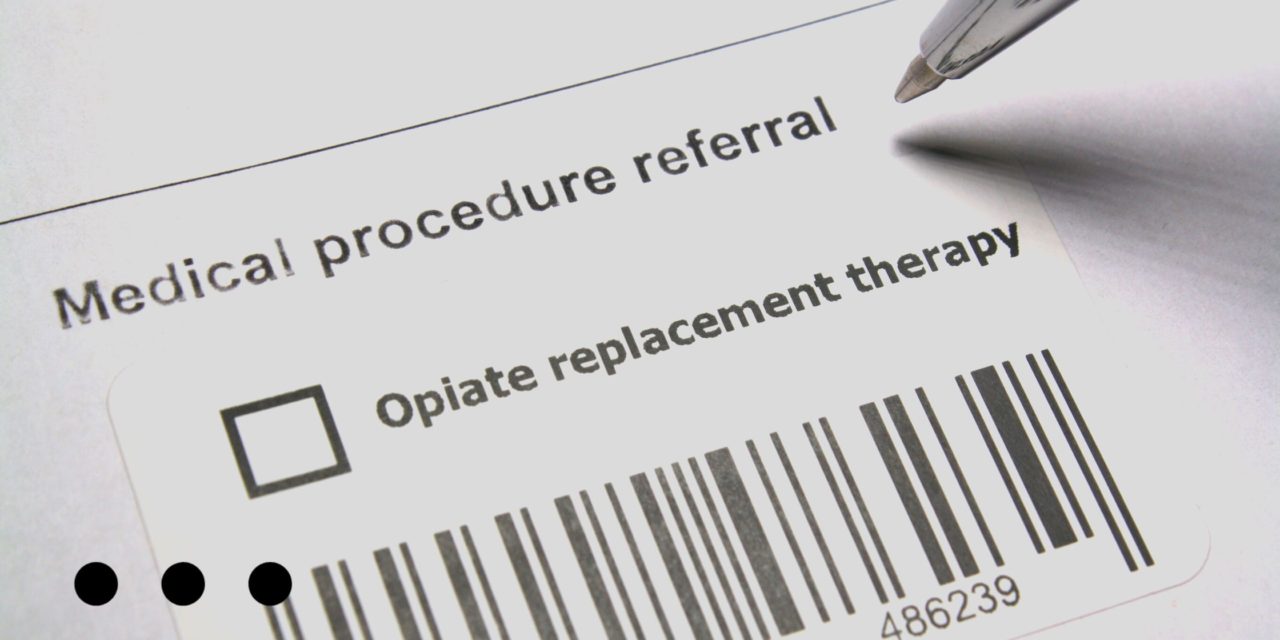Suboxone is the brand name of a prescription drug commonly used to treat opioid addiction. It’s part of a substance use treatment called medication-assisted therapy or MAT treatment, which essentially uses a much weaker opioid to more effectively wean individuals with opioid disorder off drugs and maintain their sobriety. However, the purpose of suboxone isn’t simply to replace one addiction for another–a common misconception. It has three particular capabilities that make it well suited for breaking the cycle of opioid addiction and gives patients much better odds of long-term success.
What Is the Purpose of Suboxone?
Suboxone makes up one aspect of a comprehensive approach to addiction recovery. Whereas traditional addiction treatment primarily relies on therapy and counseling to help patients combat the urge to use opioids again. Suboxone also makes withdrawal a lot safer, making suboxone an invaluable resource for both the beginning and later maintenance stages of opioid addiction recovery.
An ever-growing body of research has found that suboxone increases patient retention rates and decreases opioid overdose rates (after relapsing) and the need for inpatient detox. However, suboxone must be used at the correct time for a patient to reap its benefits. Suboxone can only exert its effects if the person has physical dependence on opioids, not just psychological. Further, it’s only given when the person has already gone through the early withdrawal stage.
Suboxone for Pain
A common confusion about suboxone is whether or not it can be used for pain relief. Part of this is due to the fact that the primary active ingredient in suboxone (more on that later) technically is an opioid, all of which have analgesic properties. This compound is also an active ingredient used in some painkillers. So what’s the deal?
Suboxone is made up of multiple compounds, not just the opioid. As such, the specific combination that makes up Suboxone is not FDA approved to treat pain. If you were ever to use suboxone for such off-label use, you would likely end up being disappointed. Suboxone offers only mild pain relief at best and is considered to be ineffective for acute pain.
How Does Suboxone Work?
Suboxone is a marvel of modern medicine that is revolutionizing addiction treatment. Each component of its unique pharmacological makeup, a combination of buprenorphine and naloxone, enables it to minimize the discomfort of opioid withdrawal, reduce cravings, and act as a deterrent to those tempted to relapse. The various compounds enact different influences on the brain and opioid receptors, offering multiple means of support for individuals struggling with opioid addiction.
What Does Buprenorphine Do?
The majority of Suboxone’s capabilities are due to buprenorphine, its long-acting primary active ingredient. However, this component sometimes causes a stir because buprenorphine is a partial opioid. Can treating opioid addiction using opioids really work? While it might sound like adding fuel to the flame, it’s because buprenorphine is an opioid that it’s perfect for the job at hand.
The benefits of buprenorphine is that it’s able to satisfy opioid receptors (mu receptors) but only has a fraction of a full opioid’s potency. Therefore, it keeps those receptors occupied and happy which can satisfy cravings and prevent nasty withdrawal side effects during the initial detox, but isn’t strong enough to generate a high.
Another key feat of buprenorphine is that it creates a ceiling effect for opioid receptors. Even if a person were to use a powerful opioid like heroin or fentanyl, long-lasting buprenorphine is able to prevent those drugs from taking hold and generating a high–effectively rendering those other illicit opioids ineffective.
What Does Naloxone Do?
Naloxone may not play the starring role in suboxone uses, but it’s a heavyweight in its own right. The generic name for opioid overdose reversing medication, Narcan, naloxone is an opioid antagonist. When it enters the body, it immediately removes and replaces opioids that occupy a mu receptor. As part of suboxone, naloxone acts as a line of defense, blocking other opioids from displacing buprenorphine and attaching to opioid receptors.
By preventing illicit opioids from generating their pleasurable highs, naloxone–and by extension, suboxone–is able to disrupt the key experience that results in addiction.
Find a Suboxone Provider Today
Suboxone as part of medication assisted treatment holds a lot of promise for people struggling with opioid use disorder. It works best when used in conjunction with therapy and counseling. Medication alone can not unlearn the behaviors reinforced through compulsive drug abuse. Find a certified suboxone doctor near you, today. Suboxone is available in both in-patient treatment settings as well as outpatient, making it easy to fit into your life and lifestyle.

